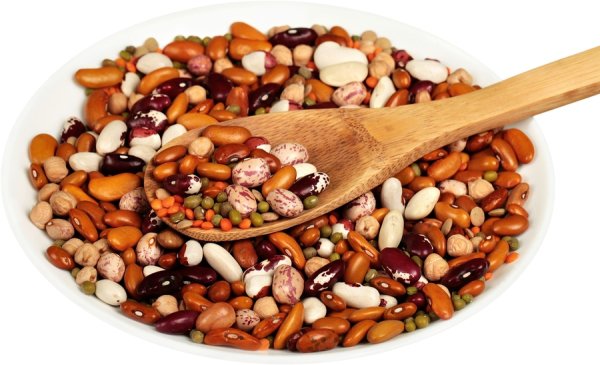
There were no dentists thousands of years ago, but there wasn’t always a need for them. Human bodies have adapted and evolved over time to be able to eat comfortably, so tooth decay was not always a problem. Keep reading to take a look at the history of tooth decay.
Pre-Tooth Decay
It was about 10,000 years ago that humans learned how to farm. Before then, there were very few instances of tooth decay. Early humans were hunter-gatherers, and tooth decay was by no means rampant. Their teeth were equipped to chew through tough meats and scrape it off of animal bone. When farming became a popular practice, more grains and carbohydrates were introduced to the human diet. This made it more likely for cavities to occur, so there was a boom in dental decay following the innovation of farming. The interesting part is that tooth decay was an issue for one community of early humans that preceded farming.
Grotte des Pigeons
There is a cave in Morocco called Grotte des Pigeons, and those who inhabited the cave about 15,000 years ago were hunter-gatherers, not farmers. Farming hadn’t been invented yet, and somehow the inhabitants still suffered from serious amounts of tooth decay. This wore down their teeth and made it more difficult to eat, and there was no way to reverse the damage.
Acorns, Oats, and Legumes
It is thought that inhabitants of Grotte des Pigeons developed their tooth decay due to the acorns, oats, and legumes that they would snack on. It appears that the sweetness of the acorns, and the sticky consistency they took on when cooked, would stick to their enamel and cause cavities.
You can lower your risk of tooth decay and improve your oral health by seeing your dentist in Chicago at least once a year for a checkup. Browse through our website or call University Associates in Dentistry at (312) 704-5511 if you need a dental consultation.



